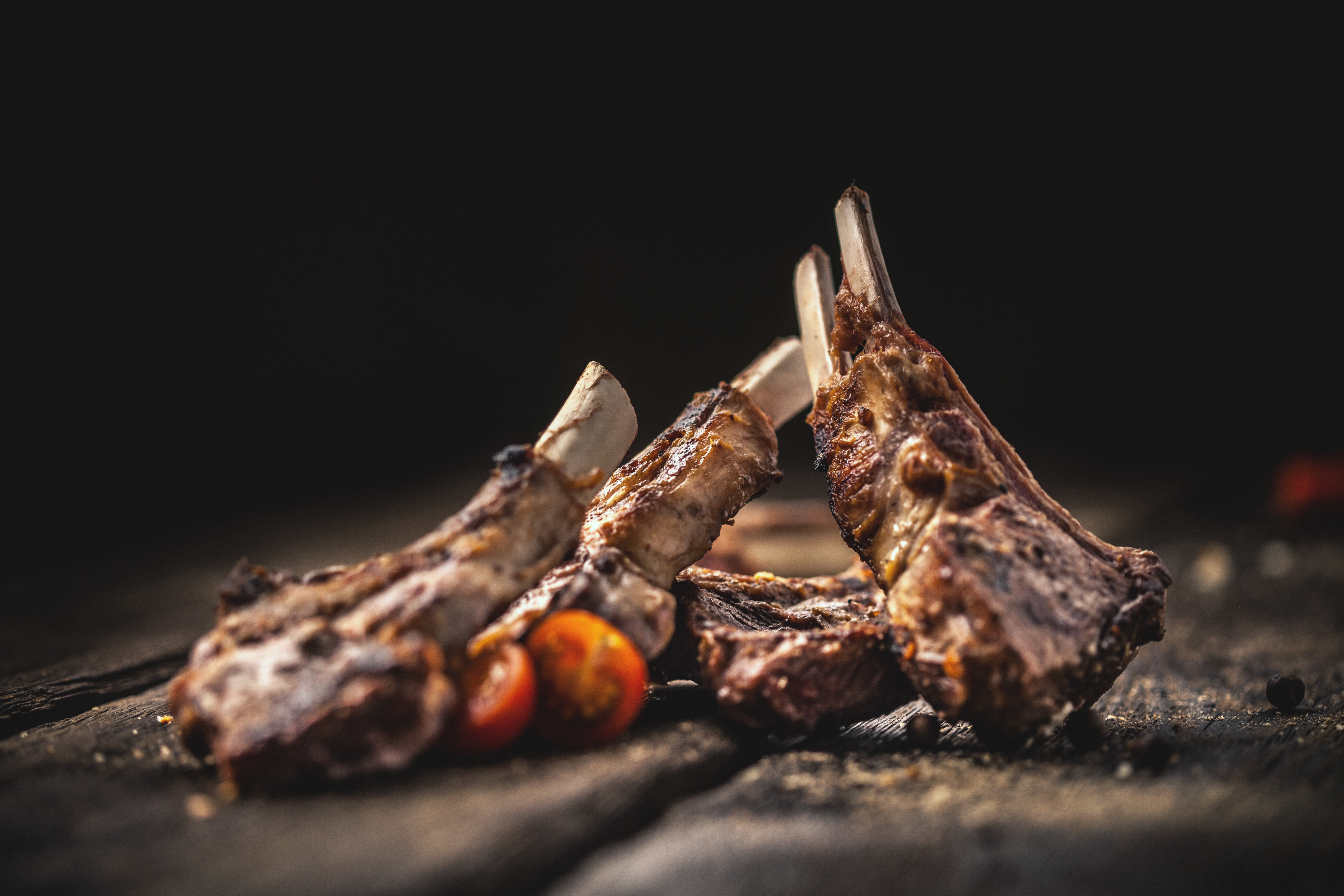Lamb
A three-ounce cut of cooked lamb delivers about 25 grams of protein, plus ample amounts of potassium and vitamin B-12. It’s also a good source of iron, magnesium, selenium, and omega-3 fatty acids.
Benefits of Lamb
Lamb, as a meat choice, offers a range of benefits that make it a popular and nutritious option. It is a rich source of high-quality protein, essential amino acids, vitamins, and minerals. Lamb is particularly known for being a good source of B vitamins, zinc, iron, and selenium. Additionally, it contains healthy fats, including omega-3 fatty acids, which can contribute to heart health.
The taste and tenderness of lamb are also highly valued around the world, making it a versatile ingredient in various culinary traditions. Its distinct flavor can enhance a wide range of dishes, from stews and curries to grills and roasts. While moderation is key due to its higher fat content compared to some other meats, lamb can be part of a balanced and nutritious diet, providing both enjoyment and essential nutrients.




Variety of Cuts
While there are a variety of cuts that cater to different culinary preferences, we do not directly sell these from our facility. Here is a list of some popular cuts of lamb. These cuts can be prepared in numerous ways, from grilling and roasting to braising and stewing, offering a wide range of options for cooking lamb dishes. The popularity of specific cuts can vary by region and cultural preferences.

Breast of lamb

Cubes or strips of lamb for grilling or skewering

Flank steak, Flank chops

Ground lamb is often used for various dishes like burgers, kebabs, and meatballs

Whole leg, Leg shank half, Leg sirloin half

Loin chops, Loin roast, Loin crown roast

Neck chops, Neck fillet

Liver, Kidneys, Heart, Tongue

Rib chops, Frenched rack

Lamb shanks

Blade chops, Arm chops, Shoulder roast

Cubes of lamb suitable for stews and casseroles
Nutritional Value
Lamb is known to be a good source of several essential nutrients.
A 3-ounce (85-gram) serving of cooked lamb typically provides around 23 grams of protein, contributing to muscle maintenance and repair.
Lamb is rich in various B vitamins, including B12, niacin, and B6. These vitamins play crucial roles in energy metabolism, red blood cell formation, and nerve function.
Lamb is a good source of essential minerals such as iron, zinc, and selenium. Iron is important for oxygen transport in the blood, zinc supports immune function and wound healing, while selenium acts as an antioxidant.
Lamb contains both saturated and unsaturated fats. While saturated fat should be consumed in moderation, lamb also provides healthy monounsaturated and polyunsaturated fats. It's a source of omega-3 fatty acids, which are beneficial for heart health.
It's important to note that while lamb can be a nutritious part of a balanced diet, moderation is key due to its higher fat content. Individuals with specific dietary considerations or health conditions should consult with a healthcare professional or a registered dietitian for personalized advice. For the latest and most accurate health statistics related to lamb consumption, we recommend checking reputable health organizations.
Recipes
CLP Favorites
USA Lamb Market
The lamb market in the USA is influenced by factors such as consumer preferences, dietary trends, and the availability of alternative protein sources. There has been a growing interest in lamb as a specialty meat in certain culinary circles and among consumers seeking diverse protein options.


